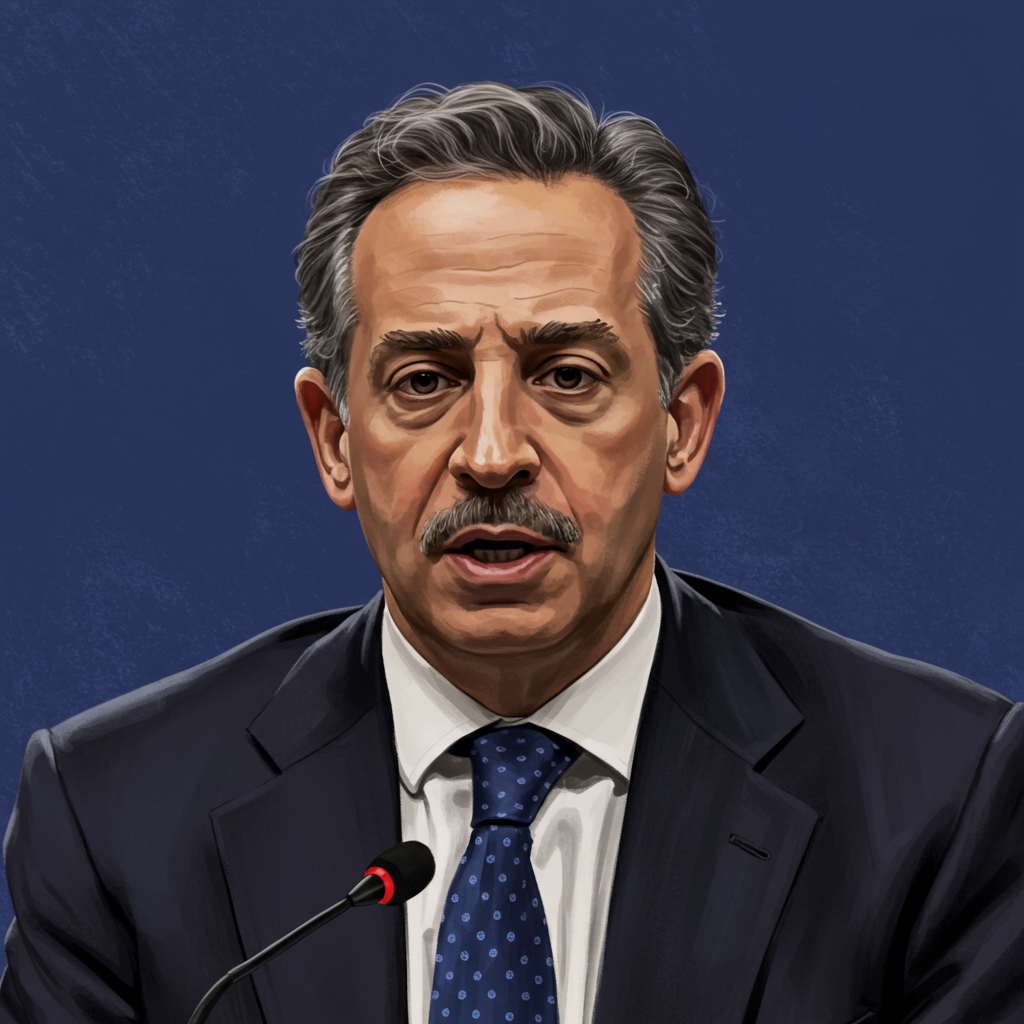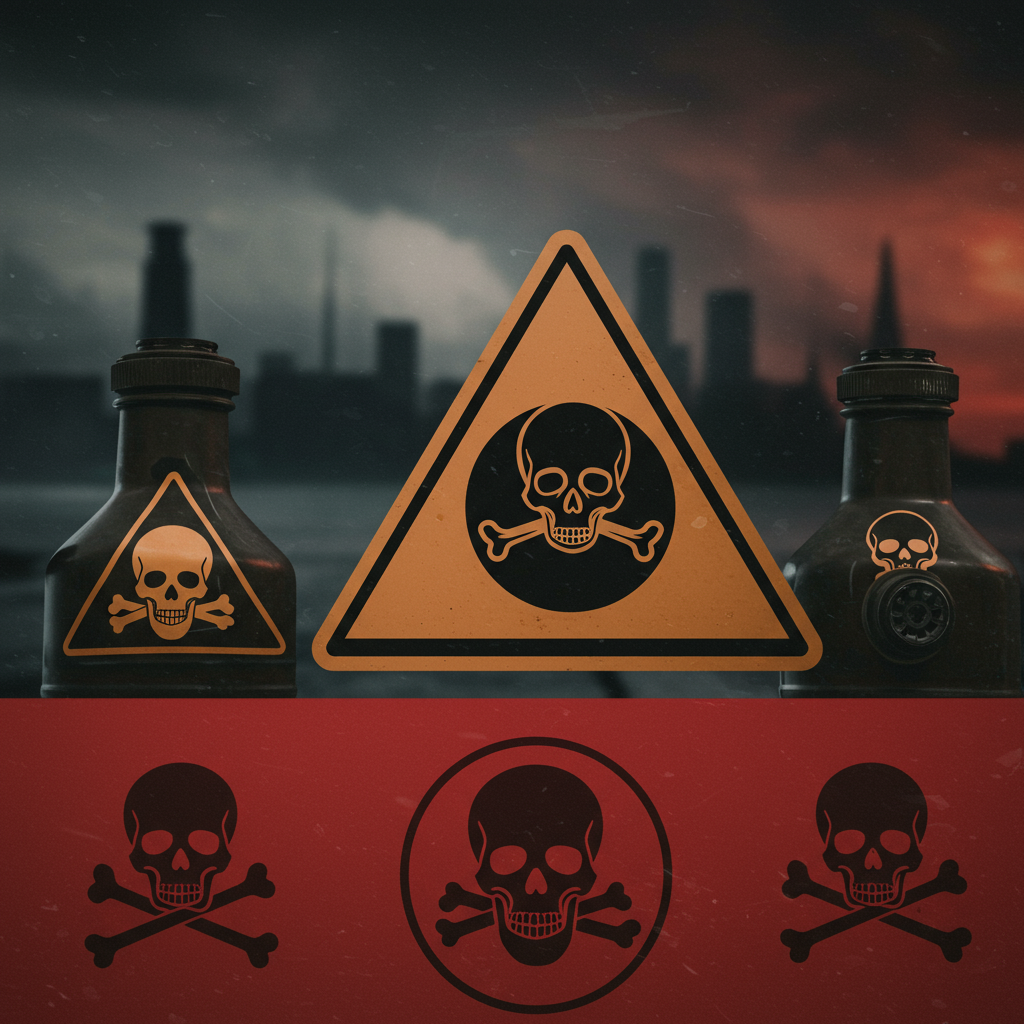Veteran human rights advocate and former Soviet dissident Natan Sharansky believes recent events have severely weakened the Iranian regime’s grip on power in the eyes of its own people, potentially setting the stage for a revolution.
For decades, Sharansky has been a vocal champion for freedom, offering inspiration and support to dissidents challenging oppressive governments worldwide. Iranians seeking to dismantle the current clerical rule are no exception.
Following recent Israeli military strikes targeting the Islamic Republic’s strategic sites, Sharansky, who maintains contact with Iranian dissidents, expressed hope that these actions would intensify internal pressure on the regime, potentially leading to its collapse. This sentiment was echoed by some Western leaders, though perspectives on the desirability of outright regime change have varied.
In a recent interview, Sharansky offered insights into the prospects of the Iranian populace rising against Supreme Leader Ayatollah Ali Khamenei, particularly in the aftermath of a precarious ceasefire.
The Regime’s Power Built on Fear
Sharansky emphasized that totalitarian regimes like Iran rely heavily on fear to maintain control. Beyond practical measures, their authority stems from the people’s perceived invincibility and strength of the state.
“The moment the level of fear goes down, or the empire looks weak, or some serious event causes people to doubt it, the regime can fall apart very quickly,” he explained. Historical examples like the rapid collapse of Eastern European regimes or events in Tahrir Square illustrate how swiftly change can occur once large numbers overcome their fear and take to the streets.
The ‘Paper Tiger’ Moment
Sharansky believes the recent conflict provided a critical moment where the regime was exposed as a “paper tiger” to its own citizens. Seeing key symbols of its power – such as IRGC headquarters or the Interior Ministry buildings – targeted and destroyed by Israel significantly undermined its image of strength and control.
He argued that this visual demonstration of weakness is crucial. While some may question how close the regime truly is to collapse, Sharansky pointed to Iran’s historically developed civil society, including strong women’s organizations, student groups, and trade unions, which have long opposed the regime. He recalled a meeting 15 years ago where Iran was identified by many dissidents as the most likely candidate for revolution among Middle Eastern dictatorships.
He contrasted the current situation with the 2009 Green Movement, where despite the beginnings of a revolution, international focus on engagement rather than supporting the protesters allowed the regime to suppress the opposition. This time, Sharansky suggests, the regime is internally weaker in the eyes of the people, having quickly lost symbols of its power.
The Role of the Iranian People
Ultimately, Sharansky stressed that regime change in Iran will not come from external military action, but from the people inside the country. The catalyst is the moment when they stop being afraid.
Totalitarian societies typically comprise regime loyalists, a small group of vocal dissidents, and a large majority of “double-thinkers” who privately oppose the regime but are too fearful to act. Revolution happens when a critical mass of these double-thinkers overcome their fear and publicly resist.
Sharansky agreed with the principle that the Iranian people should decide their own future, but highlighted the long-standing control exerted through fear. External support, he argued, isn’t about physically changing the regime, but about helping the people see the regime’s weakness and demonstrating international solidarity. Leaders of the free world, he said, should clearly show support “in heart and spirit” for the Iranian people’s desire for freedom, a crucial difference from the international stance in 2009.
Israel’s actions, he noted, were largely aimed at damaging the regime’s image and making it clear the fight was not with the Iranian civilians.
Dissident Mobilization and Communication
Sharansky reported increased mobilization among Iranian dissidents, both inside the country and abroad in places like the U.S. and Europe. He pointed to the soaring price of Starlink internet receivers in Iran as a key indicator that people are actively seeking ways to communicate and coordinate, despite official internet blocks. This reflects a growing sense that “the moment is coming.”
He acknowledged the inherent challenge of unifying diverse opposition groups (Persians, Kurds, Azeris, Balochis, etc.) who have different interests, a division the secret police exploit. However, he noted that intense efforts are underway to improve communication and coordination between these groups, particularly at this critical juncture. The ability of different factions to speak with one voice, even temporarily, is seen as crucial for a successful revolutionary moment. Striking centers of state propaganda was also deemed important to counter the regime’s narrative.
Signs of Regime Fear
While the people’s fear may be waning, the regime itself appears fearful. Sharansky noted the significant increase in executions in recent months, nearly doubling, which he views as a “rational” method by the regime to instill fear and maintain control in the face of perceived danger, such as the fall of Hezbollah or recent Israeli actions.
The events of the past few weeks, he concluded, have made the regime’s weakness evident to its population. A dictator who looks weak, Sharansky asserted, cannot survive. This makes the current period potentially very close to a turning point.
The impact of the ceasefire remains uncertain, depending on its terms and whether it allows the regime to restore a sense of strength internally. However, Sharansky believes the international standing of the regime is weaker, and for now, the looming nuclear threat seems lessened. The key question remains how deeply the recent exposure has weakened the regime from the inside.



